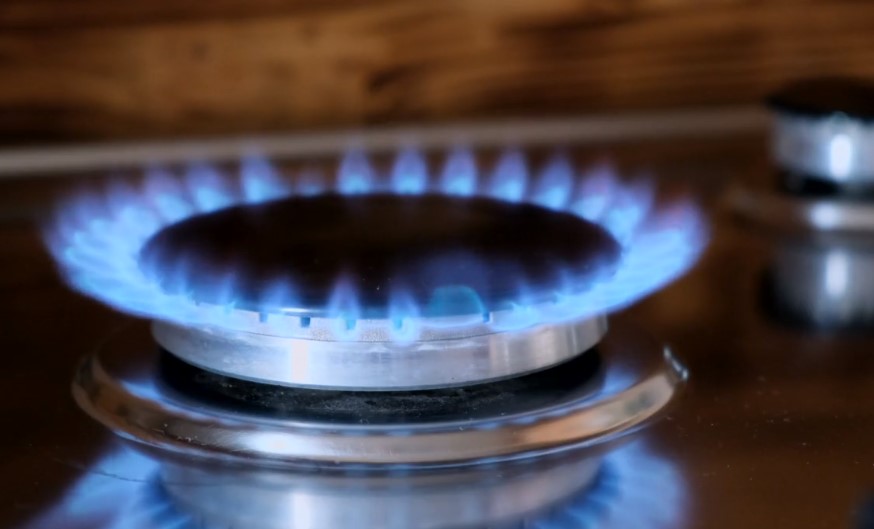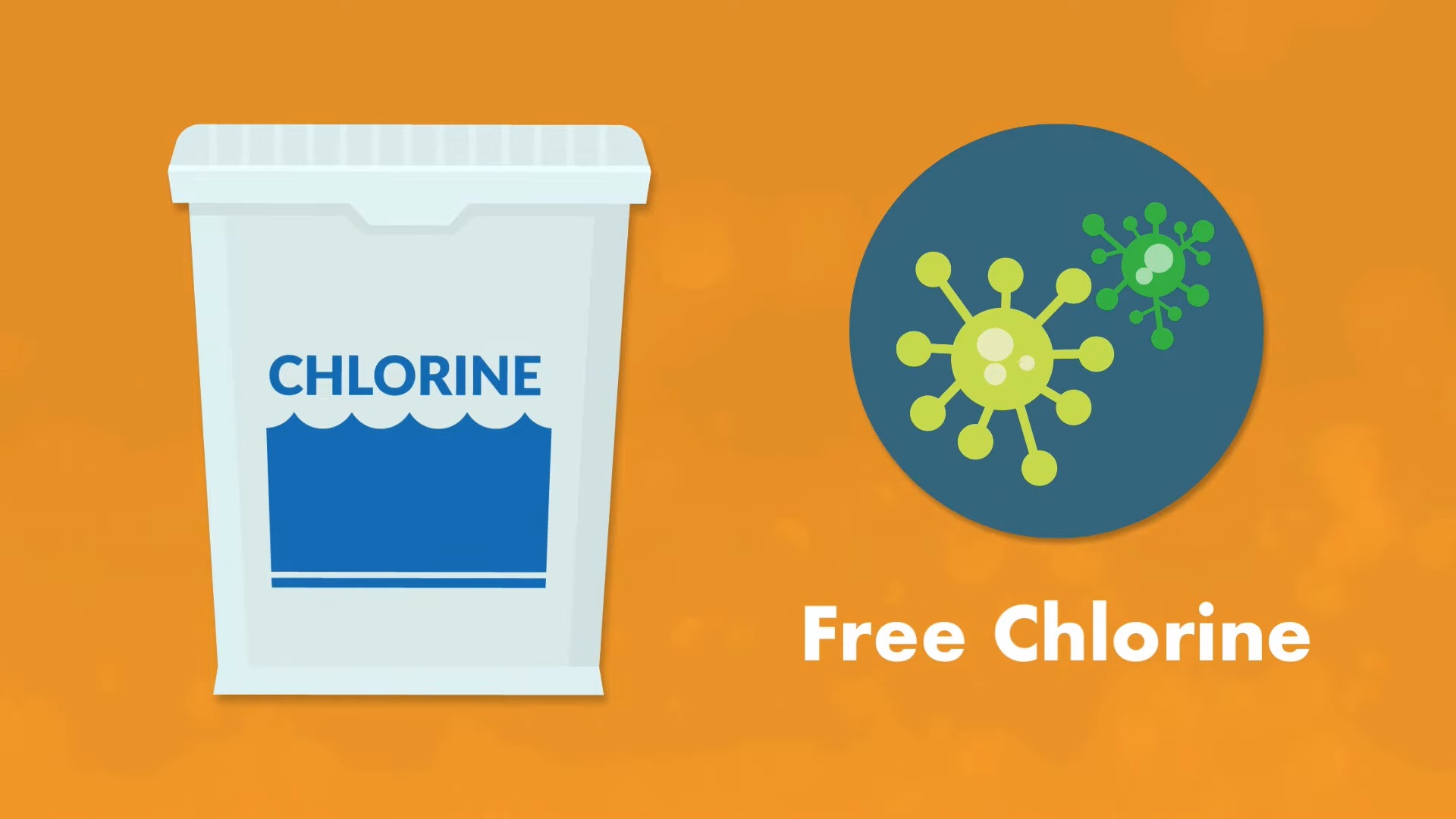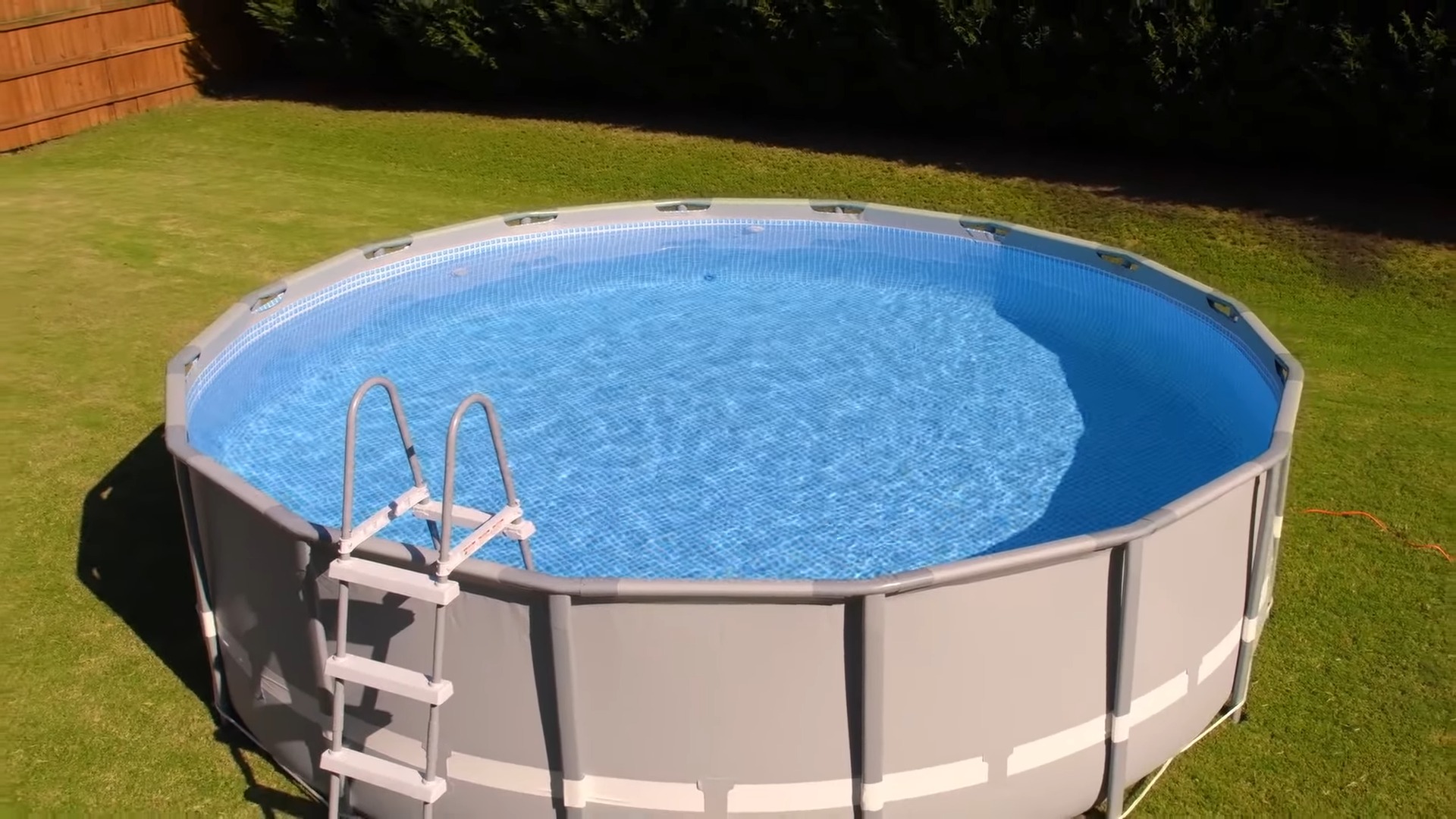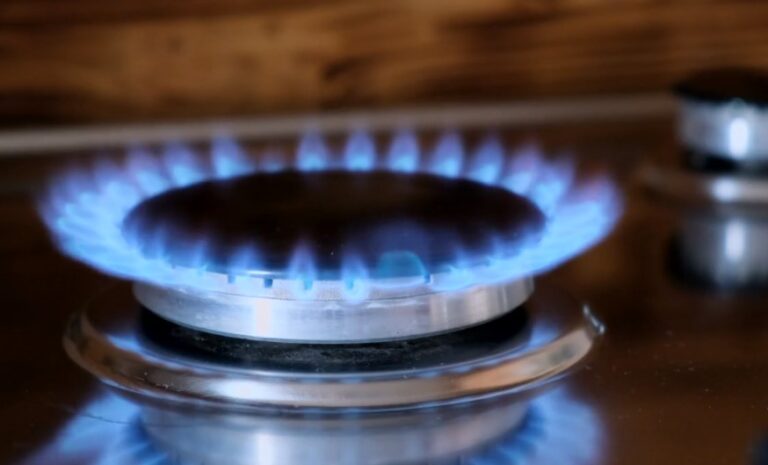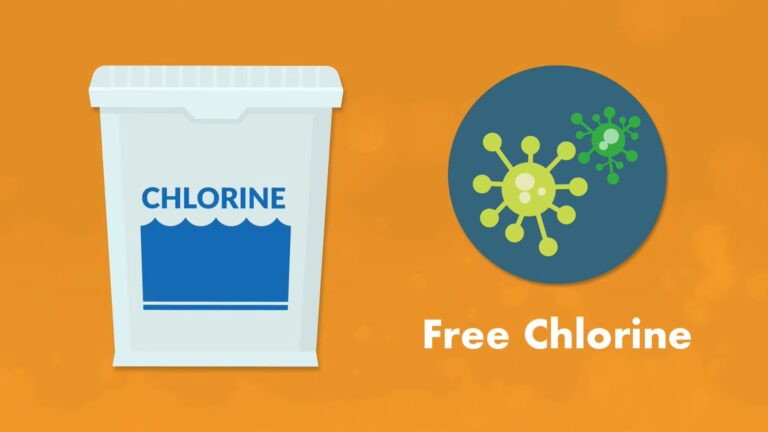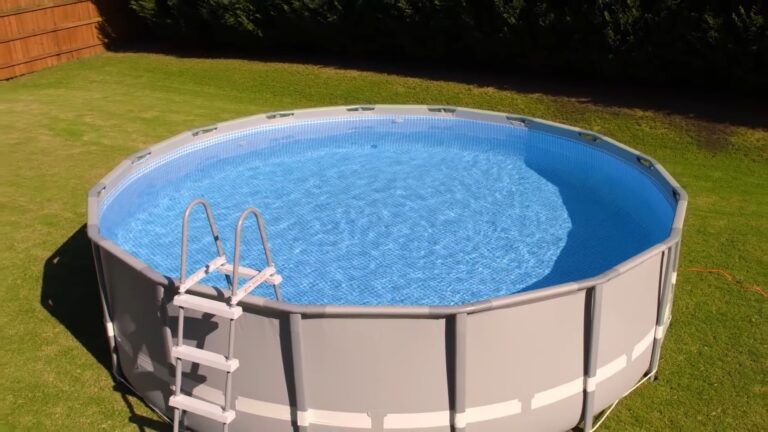Chlorine gas, a potent and potentially hazardous chemical, plays a significant role in various industries, from water purification to manufacturing. Its presence in the air, particularly after accidental releases or in specific industrial settings, raises pressing questions about its behavior and impact.
This article touches on the critical question: “How long does chlorine gas stay in the air?” By exploring six must-know facts, we aim to offer an insight into chlorine gas’s properties, behavior in the atmosphere, and its implications for safety and environmental health.
1. The Nature of Chlorine Gas
Chlorine gas, with its distinctive, pungent odor, is a greenish-yellow substance under room temperature. It’s heavier than air, which influences how it disperses in the environment. Initially used in World War I as a chemical weapon, its potent properties are harnessed today in various benign applications.
Properties Affecting Airborne Duration
Chlorine gas’s density plays a crucial role in its behavior when released into the atmosphere. Being heavier than air, it tends to settle in lower areas, which can lead to higher concentrations in enclosed spaces. Its solubility in water also impacts its persistence in humid environments.
Factors Influencing Dispersal
Environmental factors significantly influence how long chlorine gas remains airborne. Wind speed, temperature, and atmospheric pressure are key elements that determine its dispersal rate and duration in the air.
2. Industrial Contexts
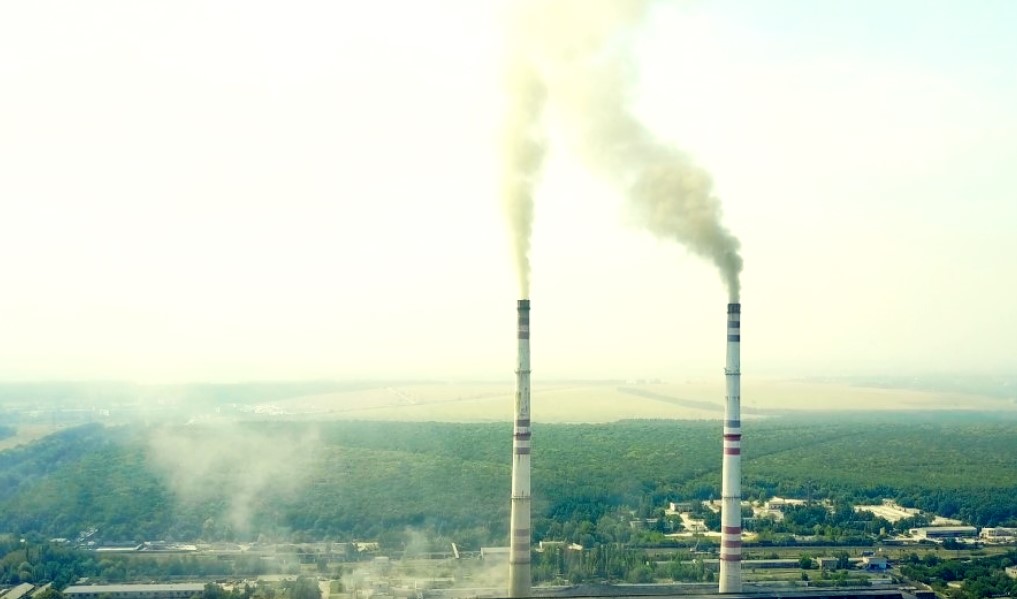
Chlorine gas is used in various industries, most notably in water treatment plants for disinfection. It’s also employed in the manufacture of a wide range of products, from plastics to pharmaceuticals.
Risks in Industrial Settings
In these settings, chlorine gas, if not handled properly, poses significant risks. Accidental leaks can lead to high concentrations in the air, posing immediate health hazards to workers and nearby communities.
Safety Measures and Regulations
To mitigate these risks, stringent safety measures and regulations are in place. These include proper storage, handling procedures, and emergency response plans to ensure that any accidental release is swiftly managed.
3. Connection to Environmental Incidents
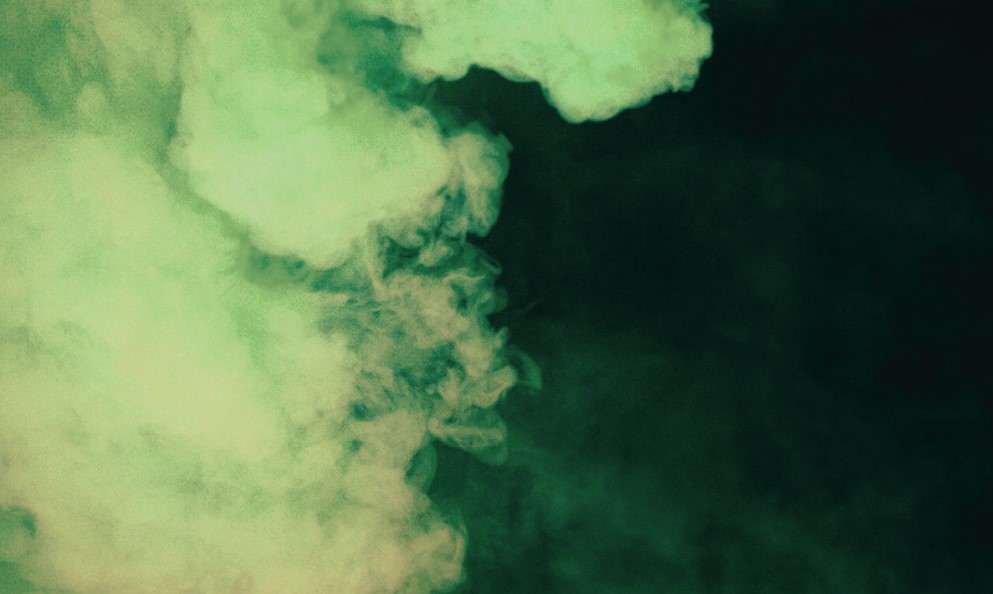
Accidental releases of chlorine gas, whether from industrial accidents or transportation mishaps, can have severe environmental and health impacts. The spread of gas depends on various factors, including the amount released and prevailing weather conditions.
Emergency Response and Containment
Rapid response is critical in such situations. Emergency services often use water spray to contain and dissolve the gas, reducing its airborne duration and limiting exposure.
Long-term Environmental Effects
While chlorine gas typically doesn’t stay long in the air, its immediate impact can be significant. Long-term environmental effects are usually minimal due to its reactive nature and tendency to disperse relatively quickly.
4. Health Implications of Chlorine Gas Exposure

Short-term exposure to chlorine gas can cause respiratory issues, eye irritation, and skin burns. Higher concentrations can lead to severe respiratory distress and even fatalities.
Chronic Exposure Concerns
For individuals frequently exposed to low levels of chlorine gas, such as workers in certain industries, there are concerns about long-term respiratory problems and other health issues.
Medical Response and Treatment
Immediate medical attention is crucial for anyone exposed to high concentrations of chlorine gas. Treatment typically involves removing the individual from exposure, administering oxygen, and providing supportive care.
5. Measuring Chlorine Gas Concentration in Air
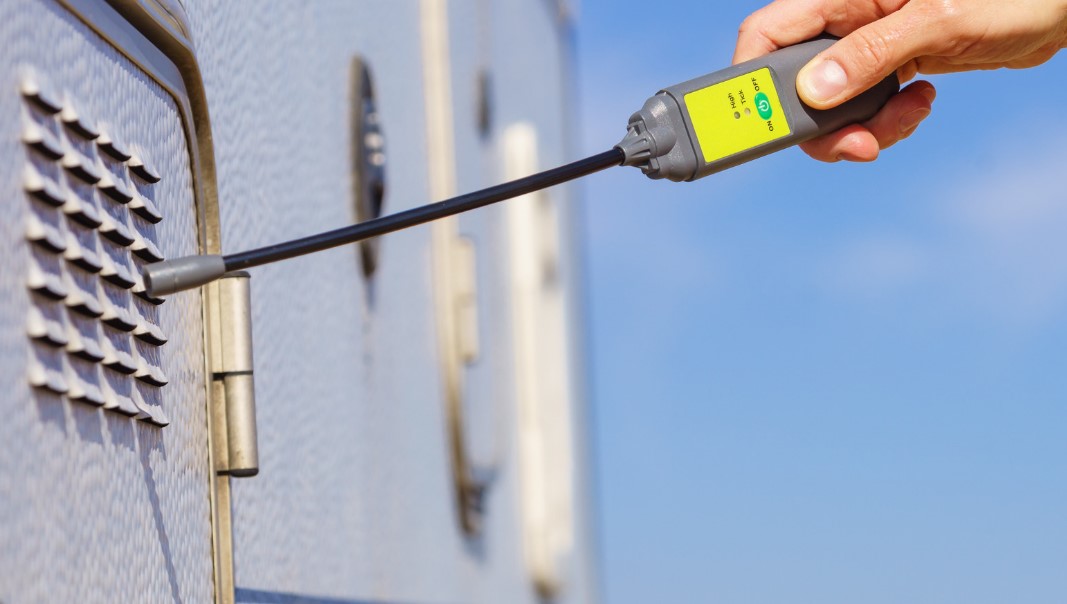
Various methods are used to detect chlorine gas in the air, including colorimetric tubes, electronic sensors, and spectrophotometry. These tools are vital for monitoring air quality in industrial settings and during emergency responses.
Importance in Safety and Compliance
Accurate measurement of chlorine gas concentration is crucial for safety in workplaces and compliance with environmental regulations. It helps in assessing risk levels and implementing appropriate safety measures.
Role in Environmental Monitoring
Monitoring chlorine gas levels is also important for environmental protection. It helps in assessing the impact of industrial emissions and in managing accidental releases effectively.
6. Mitigating Chlorine Gas Exposure
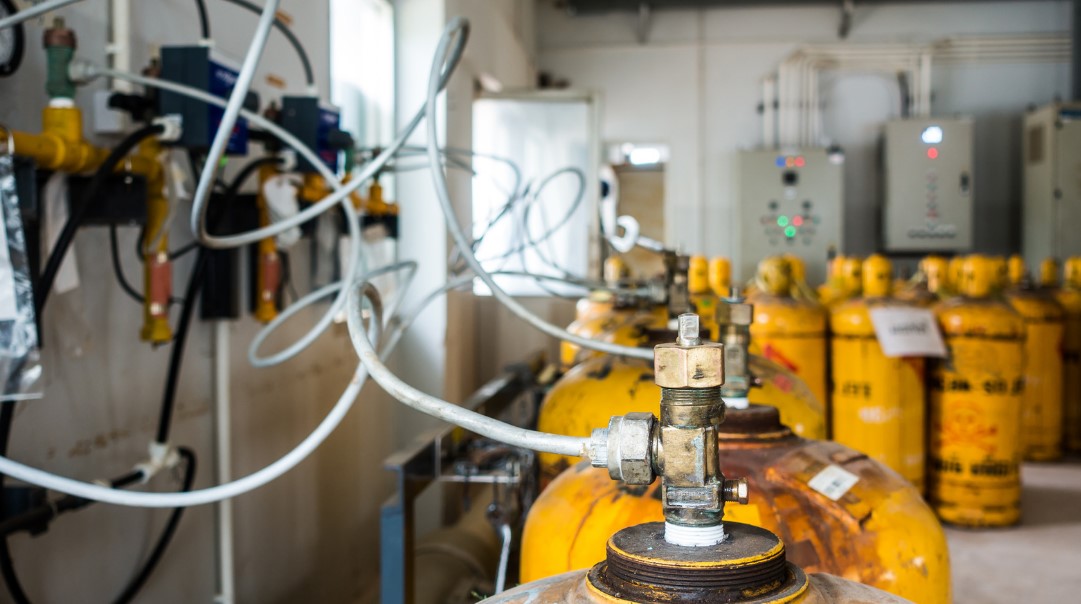
Preventing chlorine gas exposure involves strict adherence to safety protocols in industrial settings, regular maintenance of equipment, and proper training for workers.
Role of Personal Protective Equipment
Personal protective equipment (PPE), such as masks and protective clothing, is essential for workers handling chlorine gas. This equipment provides a critical barrier against exposure.
Community Awareness and Preparedness
For communities near industrial areas where chlorine gas is used, awareness and preparedness are key. This includes understanding the risks, knowing the symptoms of exposure, and being aware of emergency procedures.
Chlorine Gas: Looking Ahead
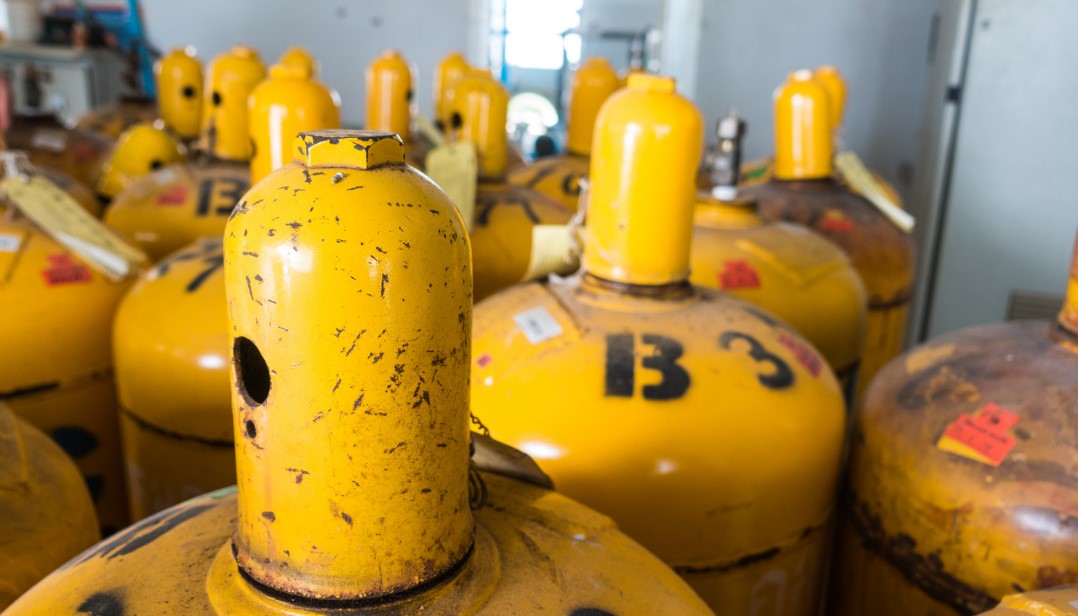
Ongoing research and technological advancements are continually improving the safety of chlorine gas handling and its applications. This includes the development of more effective detection methods and safer storage solutions.
Environmental and Regulatory Developments
Environmental concerns and regulatory frameworks are also evolving. This ensures that the use of chlorine gas remains within safe limits, minimizing its impact on both human health and the environment.
The Future of Chlorine Gas Usage
As industries and technologies evolve, the role of chlorine gas is likely to change. With increasing emphasis on safety and sustainability, its use in various applications will continue to be scrutinized and refined.
The Role of Chlorine Gas in Water Treatment
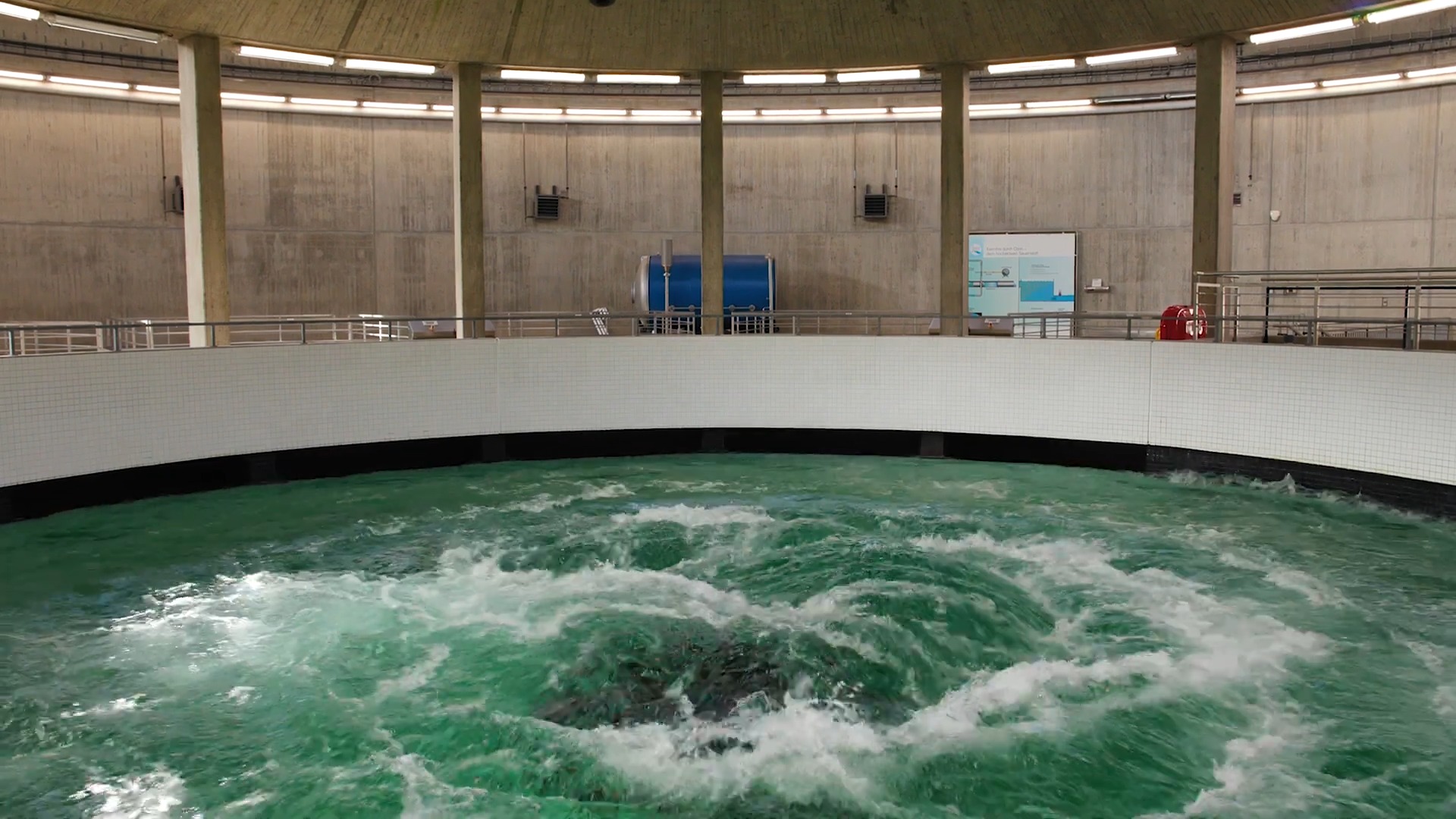
Chlorine gas’s most notable use is in water treatment, where it plays a crucial role in disinfecting drinking water. This process eliminates harmful pathogens, ensuring safe water for millions of people.
Balancing Efficacy with Safety
The challenge in water treatment is balancing the effectiveness of chlorine in killing harmful organisms with the need to minimize its residual presence. This balance is crucial to ensure both the safety and potability of water.
Future Trends in Water Treatment
As technology advances, alternative methods like UV radiation and ozone treatment are being explored. However, chlorine’s cost-effectiveness and efficiency continue to make it a mainstay in water treatment processes.
Legal and Ethical Considerations
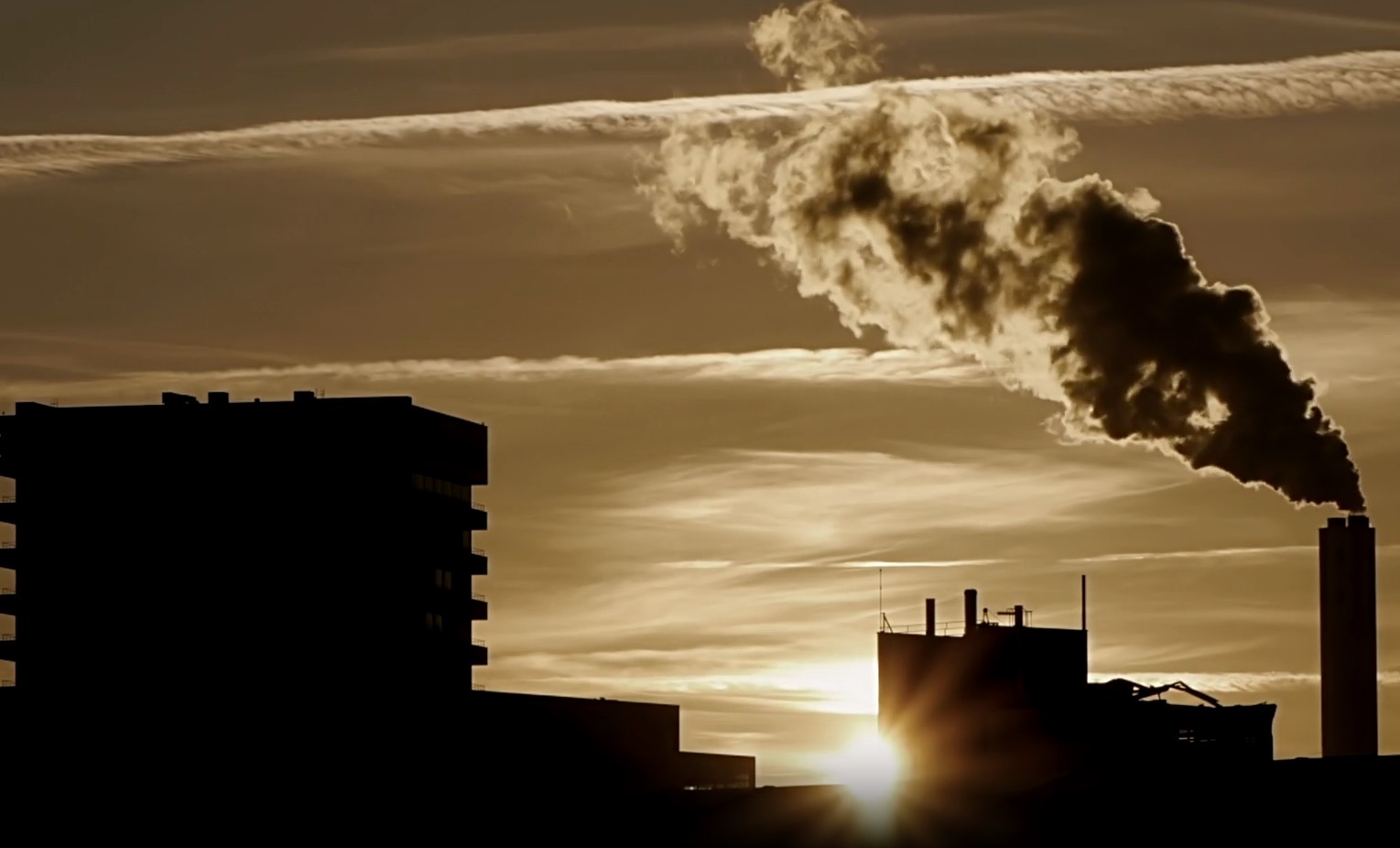
The handling and use of chlorine gas are governed by stringent regulations. These laws ensure safe storage, transportation, and use, minimizing the risk of accidental releases and exposures.
Ethical Implications
There are also ethical considerations, particularly in industries where workers are regularly exposed to low levels of chlorine gas. Ensuring worker safety and health is not just a legal requirement but a moral obligation for companies.
International Standards and Compliance
Globally, there are efforts to harmonize standards for chlorine gas handling and use. Compliance with these international standards is crucial for multinational companies and countries engaged in global trade.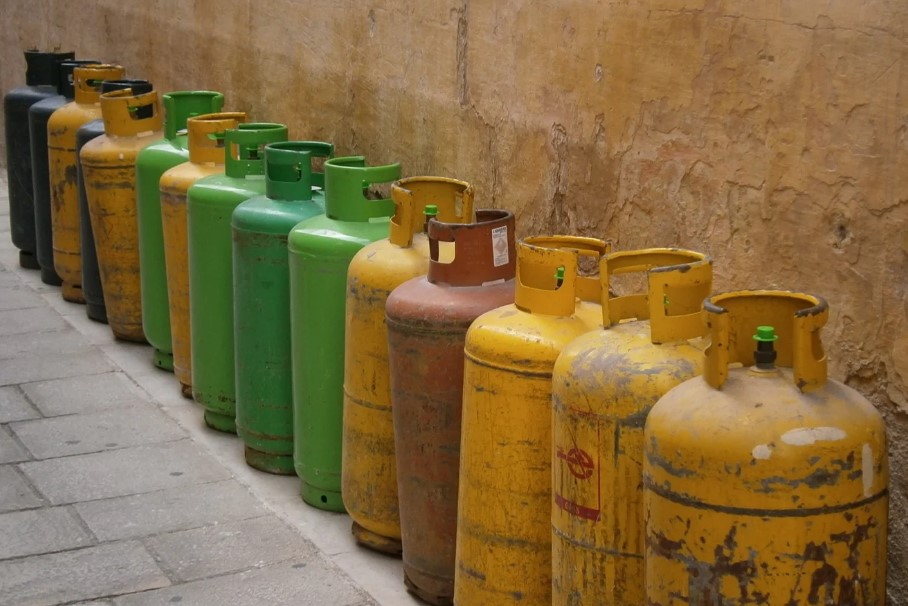
Public Perception and Community Impact
Communities living near industrial sites where chlorine gas is used or stored often express concerns about safety. Transparent communication and community engagement are key to addressing these concerns.
The Role of Media and Information
Media plays a crucial role in shaping public perception of chlorine gas. Accurate and responsible reporting is essential to avoid misinformation and undue panic.
Building Trust Through Transparency
Companies and authorities can build trust with communities by being transparent about safety measures, risks, and emergency response plans. This transparency is vital in fostering a collaborative relationship with the community.
Technological Innovations in Gas Safety
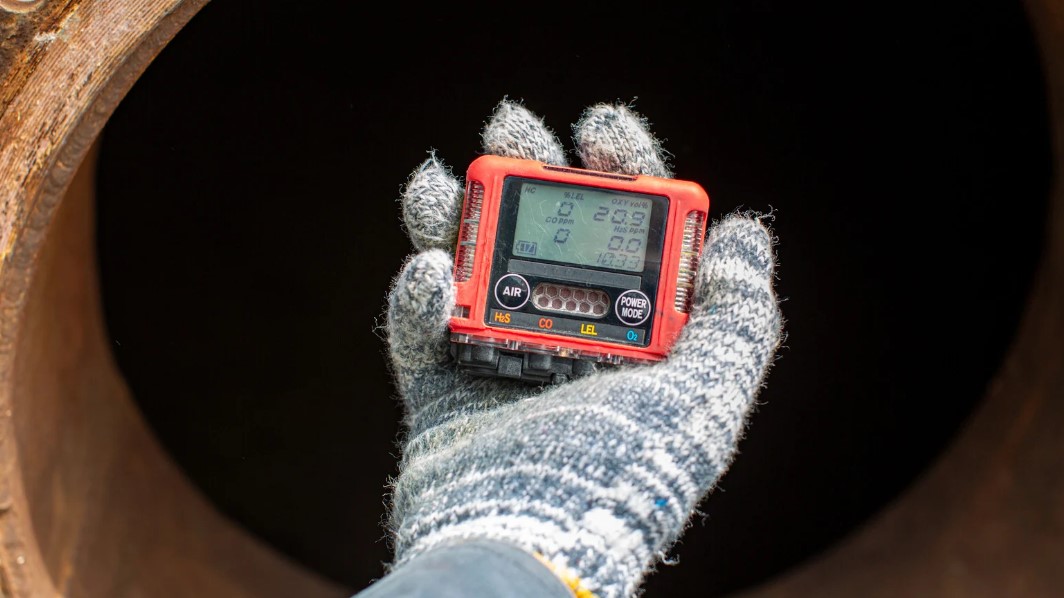
Technological advancements have led to more sensitive and faster detection methods for chlorine gas. These innovations are crucial in industrial settings and for rapid response to accidental releases.
Improvements in Safety Equipment
Safety equipment, including personal protective gear, has also seen significant improvements. Modern equipment offers better protection and greater comfort, encouraging compliance among workers.
Future Directions in Technology
Looking ahead, we can expect further technological innovations, particularly in the realms of automation and artificial intelligence. These could revolutionize how chlorine gas is handled and monitored, further enhancing safety and efficiency.
Chlorine Gas in the Global Context
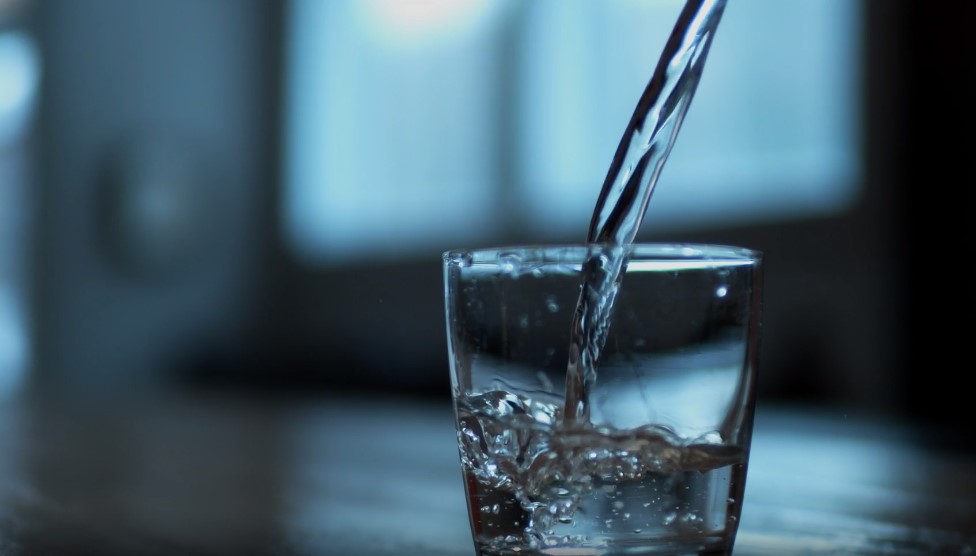
In many developing countries, chlorine gas plays a vital role in providing safe drinking water. However, challenges remain in ensuring safe handling and minimizing environmental impact.
International Aid and Cooperation
International aid and cooperation are crucial in helping these countries implement safer practices in chlorine handling and usage. This aid comes in the form of technology transfer, training, and financial support.
The Global Environmental Perspective
On a global scale, the conversation around chlorine gas also touches on environmental sustainability. Efforts are ongoing to ensure that its use, particularly in large industries, aligns with broader environmental goals.
FAQs
Can chlorine gas be detected by smell at safe levels?
Yes, it has a distinct bleach-like odor that can often be detected at levels lower than those that might cause harm, making it possible to notice its presence before it reaches dangerous concentrations.
How does temperature affect the dispersal of chlorine gas?
Higher temperatures can increase the rate at which it disperses, while cooler temperatures might cause it to remain concentrated closer to the ground, as chlorine is denser than air.
Are there any natural sources of chlorine gas in the environment?
Natural sources of chlorine gas are extremely rare. Chlorine gas found in the environment is predominantly the result of human activities, such as industrial processes and water treatment.
What are the long-term effects on ecosystems from a chlorine gas leak?
Long-term effects on ecosystems are typically minimal, as chlorine gas reacts and dissipates quickly. However, the immediate impact can be harmful, particularly to aquatic life, if the gas dissolves in nearby water sources.
Can indoor plants help in reducing chlorine gas concentration?
While indoor plants can improve air quality, they are not effective in significantly reducing concentrations. Mechanical ventilation and proper sealing of the area are more effective measures.
Is there a risk of chlorine gas exposure from household cleaning products?
Yes, mixing household cleaning products containing bleach and acids can inadvertently produce chlorine gas. It’s important to use such products separately and in well-ventilated areas to avoid this risk.
Final Words
Knowing how long chlorine gas stays in the air is crucial for addressing the health, safety, and environmental concerns associated with its use. Through continuous improvements in safety measures, monitoring techniques, and regulatory frameworks, the risks associated with chlorine gas can be effectively managed.
As we look ahead, the balance between harnessing its useful properties and ensuring the safety of both people and the environment remains a key focus.
Related Posts:
- Do Carbon Monoxide Detectors Detect Natural Gas?…
- WHAT DOES CHLORINE GAS SMELL LIKE? 7 TELLING SIGNS…
- How Long Does Mold Testing Take? Tips for Efficient…
- How Long Does It Take to Get a Package After Label…
- How Long Does Olive Oil Last ─ Storage Tips for Freshness
- What Does Methane Smell Like: Clearing the Air




